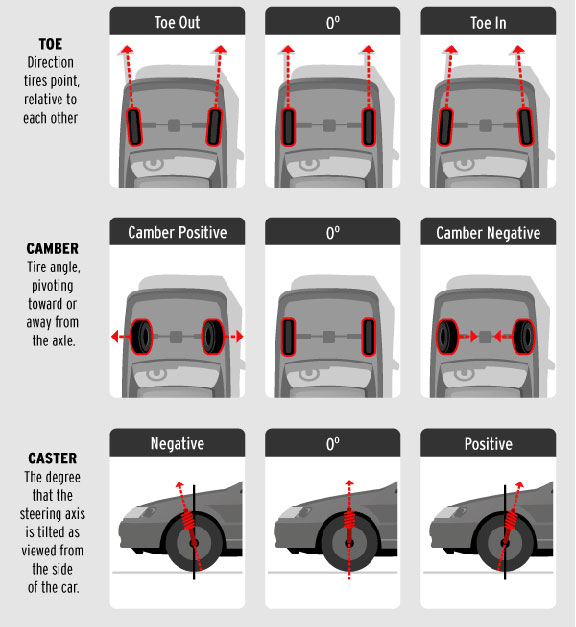The Engine: The engine is the heart of your car. It is a complex machine built to give thrust to the car.
When an engine has more than four cylinders, they are divided into two cylinder banks — three cylinders or more per side. The division of cylinders into two banks makes the engine look like a “V”. A V-shaped engine with six cylinders = V6 engine. A V-shaped engine with eight cylinders = V8 — four in each cylinder bank.
An internal combustion engine is called an “internal combustion engine” because fuel and air combust inside the engine to create the energy to move the pistons, which in turn move the car contrast that to an external combustion engine, where fuel is burned outside the engine and the energy created from that burning is what powers it. Steam engines are the best example of this. Coal is burned outside of the engine, which heats water to produce steam, which then powers the engine.
The alternator runs accesories,recharges battery,and turns mechanical energy into electrical energy.
The alternator regulator must monitor and control the process to charge the battery. It must also ensure that all power loads in the vehicle have sufficient energy to function.
A car's battery is a rechargeable battery that supplies electrical energy to a motor vehicle. It is also known as an starting-lighting-ignition (SLI) battery and its main purpose is to start the engine. Once the engine is running, power for the car's electrical systems is supplied by the alternator.
